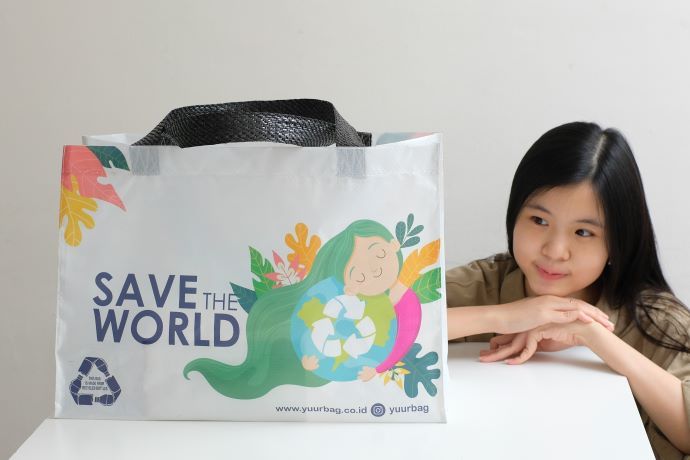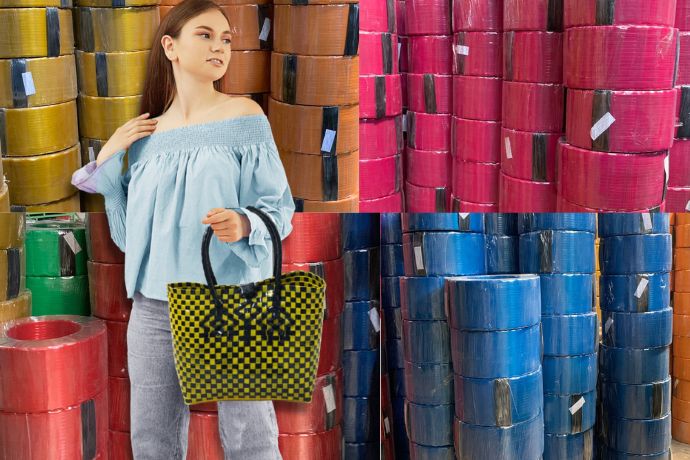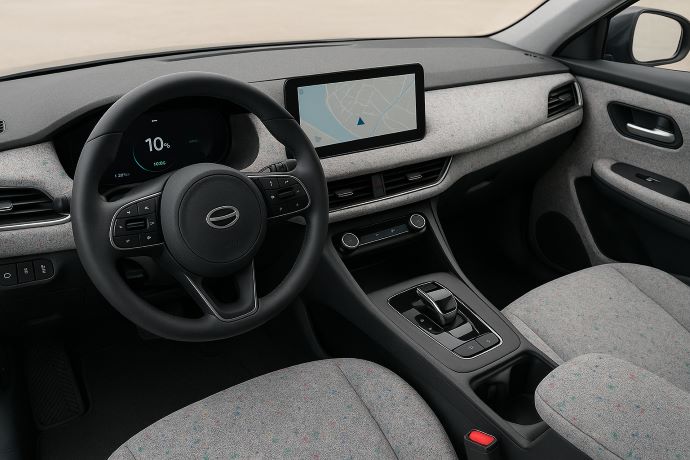PET vs PP Strapping: Which Is Right for Your Business?
Key Takeaways:
- PET strapping (polyester) delivers high tensile strength and long-term tension retention, making it ideal for heavy-duty loads in industries like steel, glass, construction, and automotive.
- PP strapping (polypropylene) is lightweight, flexible, and cost-efficient, best suited for bundling lighter loads such as food, beverages, and electronics.
- While PP has lower upfront costs, PET often provides better total cost efficiency in demanding environments due to reduced breakage and longer service life.
Choosing the right strapping material might not sound like a big deal at first, but if you’re in packaging, logistics, or manufacturing, you know it can make or break product safety. The wrong choice could mean damaged goods, wasted money, and unhappy customers.
Two of the most common strapping materials you’ll come across are PET (Polyethylene Terephthalate) and PP (Polypropylene). Each comes with its own strengths, costs, and ideal uses.
In this article, you’ll see how they compare in terms of strength, flexibility, cost, durability, and environmental impact, so you can confidently decide which works best for your business.
PET Strapping for Heavy-Duty Applications
If you deal with heavy products, you’ll want to pay close attention to PET strapping. It’s widely used in industries like steel, glass, construction, and automotive, where reliability under high tension is critical.
Why PET works well for you:
- It has high tensile strength, making it a strong alternative to steel strapping.
- It holds tension for a long time, even during long-distance transportation.
- Unlike steel, it doesn’t rust, so you don’t have to worry about contaminating your products.
- It handles heat and outdoor conditions much better than PP strapping.
Imagine you’re shipping tons of steel pipes overseas. PET strapping keeps everything secure, holding up against rough handling, temperature changes, and long journeys without breaking.
PP Strapping: Best for Lightweight, Cost-Sensitive Packaging
Now, if you’re packing lighter goods like food, beverages, or electronics, PP strapping could be the smarter choice. It’s designed to be flexible, economical, and easy to use.
Why PP might be right for you:
- It’s much more affordable than PET, which helps if you’re working on tight margins.
- It’s softer and easier to handle, making it ideal for smaller-scale or delicate packaging.
- It’s flexible enough to bundle goods without damaging them.
For example, if you’re packaging fragile electronics or soft cartons, PP strapping gives you enough security without being too harsh on the products.
Side-by-Side Comparison
| Feature | PET (Polyester) | PP (Polypropylene) |
| Strength | High — can replace steel in many cases | Lower — best for light to medium loads |
| Tension retention | Excellent — stays tight for weeks/months | Loses tension quickly (sometimes hours) |
| Stretch | 12–20% (holds its shape well) | 20–30% (stretches more, less durable) |
| Heat/UV resistance | Withstands outdoor & hot conditions | Best indoors, room temp only |
| Cost | Higher upfront, lower replacement needs | Cheaper upfront, higher replacement risk |
| Best for | Steel, glass, heavy pallets, construction | Cartons, FMCG, food & beverage, electronics |
Read More : 7 Essential Considerations Before Buying Industrial Strapping
The Sustainability Factor
Here’s something many buyers overlook:
- PET strapping is often made with recycled PET (from bottles) and is easy to recycle again. That’s why it’s the greener choice.
- PP strapping can also be recycled, but in practice it’s less common and tends to be used once and tossed.
A Quick Checklist: Which Should You Pick?
Still unsure? Here’s a simple cheat sheet:
- Shipping loads over 500 kg or steel coils → PET
- Storing products outdoors or for more than 2 weeks → PET
- Bundling cartons, FMCG, or electronics under 250 kg → PP
- Need the lowest upfront cost → PP
- Want to hit sustainability goals → PET
Conclusion
Both PET and PP strapping have their advantages, but the right choice depends on the specific needs of your industry.
If strength, durability, and environmental considerations are a priority, PET strapping is likely the better option.
However, if your focus is on cost savings for lightweight products, PP strapping may be the more suitable choice. Assess your packaging demands and choose wisely to ensure the best results for your business.
Looking for more information about PET industrial strapping? Explore other articles on the Langgeng Jaya Group website to discover why PET strapping is the right solution for your industrial needs.
Learn how our high-quality PET strapping can improve your packaging processes and support your sustainability goals.



